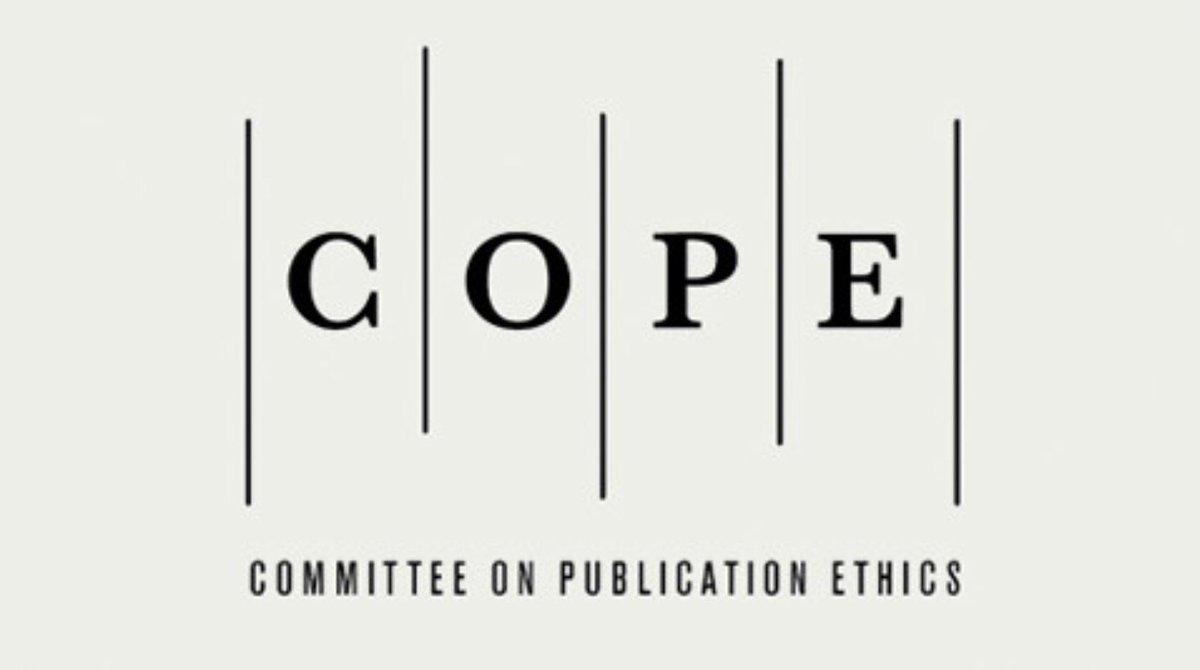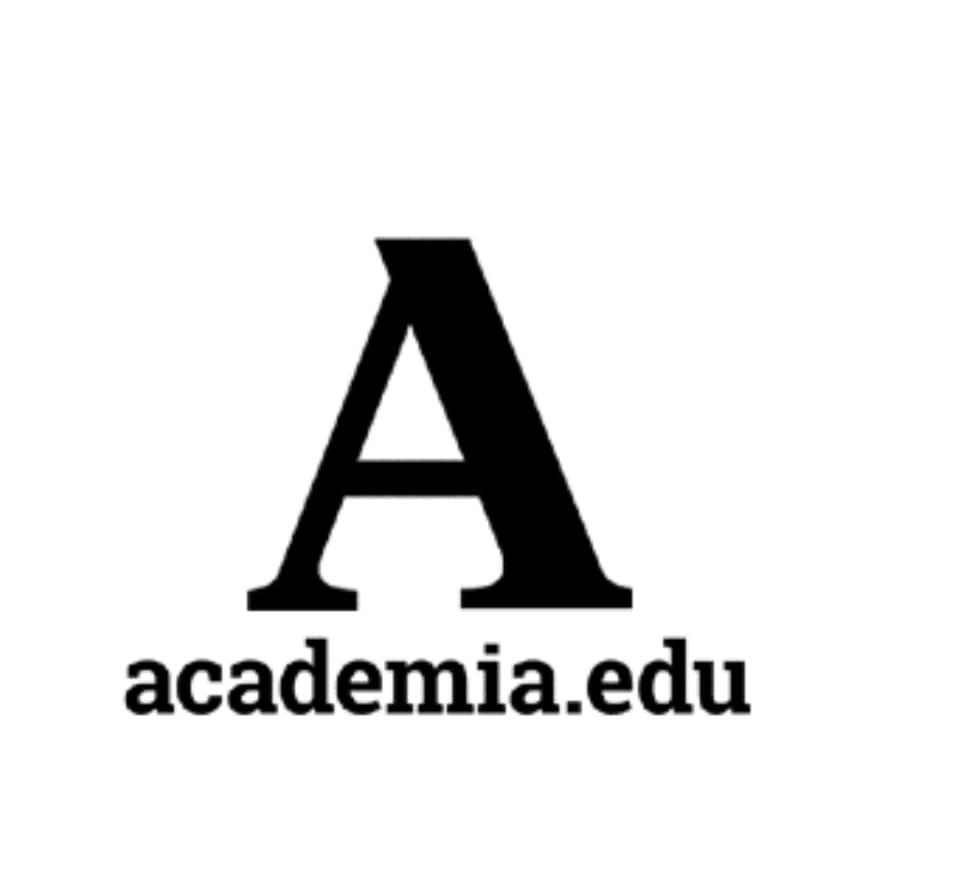[13] PRIMARY SCHOOL TEACHERS IN EFFECTS ON CULTURAL DIVERSITY IN INDIA
ARTICLE INFO: Date of Submission: May 16, 2024, Revised: May 25, 2024, Accepted: May 30, 2024, https://doi.org/10.56815/IJMRR.V3I2.2024/156-166
Abstract
This paper also determined if different levels of cultural awareness existed between teacher groups in relation to their race/ethnicity, gender, level of education, number of years teaching experience, level of education, and exposure to or experience with multicultural education training.. Results indicated that primary , in-service teachers are most culturally aware in domain one, general cultural awareness; they are least culturally aware in domain four, assessment. Cultural and difference education is a critical component of education in Primary Schools.The benefits of cultural and diversity education are numerous, including enhanced academic achievement, preparing global inhabitant reducing stereotypes and biases, and promoting critical thinking.Despite the challenges involved in implementing cultural and diversity education fostering empathy and tolerance,, it is clear that the benefits far outweigh the drawbacks. There was not a significant difference between teachers’ extent of cultural diversity awareness in the five domains in regards to race, gender, level of education, years teaching experience, and exposure to or experience with multicultural education training. Schools, parents, and communities must work together to ensure that Primary Schools provide a comprehensive education that prepares students to thrive in a diverse and interconnected world. A group in the service primary school teachers completed the Cultural Diversity Awareness directory, which assessed their beliefs about cultural diversity in five domains are general cultural awareness, culturally diverse families, cross-cultural communication, assessment, and creating a multicultural surroundings Doing so can foster a more inclusive and understanding society for age group to come.
This article provides suggestions for teachers to enhance their own understanding of how cultural and ethnic difference affects student performance and improve classroom practice in inclusive settings.
Keywords:
Cultural diversity awareness, Multicultural education, Cultural awareness, Cross-cultural communicationDownloads
License
Copyright (c) 2024 Author(s)

This work is licensed under a Creative Commons Attribution-NonCommercial 4.0 International License.






























